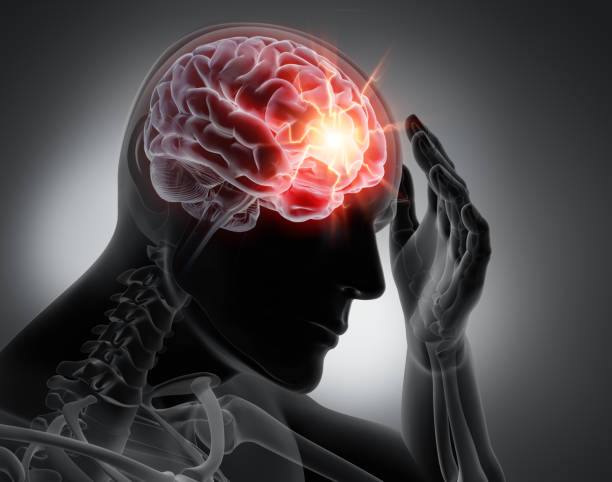Brain
What is Stroke
A stroke emerges as a health issue when the brain’s blood supply is compromised, resulting in the harm or fatality of neural cells. This typically takes place due to an obstruction or fissure in the cranial blood vessels. Principally, stroke segregates into two categories: an ischemic stroke, triggered by a clog in a blood vessel, and a hemorrhagic stroke, instigated by cerebral hemorrhaging. There are certain risk factors associated with stroke that include elevated blood pressure, tobacco use, an unfavorable diet, sedentary lifestyle, and particular diseases like diabetes and cardiovascular conditions. By acquiring knowledge of what constitutes a stroke and its contributory factors, individuals can elevate their awareness about this condition and devise strategies to mitigate its risk.
Types of Stroke
Stroke refers to a serious health issue resulting from an abrupt halt in the brain’s blood supply, causing a decline in brain activity. Two primary forms of stroke exist, namely, ischemic and hemorrhagic.
An ischemic stroke takes place when a blood clot causes a blockage or narrowing of a brain blood vessel, thus preventing blood flow.
Hemorrhagic stroke or Cerebral hemorrhage occurs once a blood vessel in the brain ruptures, triggering bleeding and subsequent harm to brain cells. Discerning these distinct stroke types is vital for accurate diagnosis and relevant treatment. Quick recognition of stroke indicators and immediate medical intervention can significantly heighten survival odds and lessen permanent issues. Post-stroke care involves instant action, medical interventions, and rehabilitative efforts to promote healing. Implementing lifestyle modifications, like incorporating a balanced diet and regular exercise, might help ward off future stroke incidents. A multitude of support mechanisms and resources are on hand to assist stroke patients and survivors in their pursuit of physical and emotional health.
Risk Factors and Prevention
Experiencing a stroke, defined by the interruption of blood supply to the brain which ultimately impairs brain cells, necessitates instant medical care. Our discussion unfolds around the idea of stroke risk factors and preventative maneuvers to thwart the occurrence of stroke. Among the broad spectrum of stroke risk indicators are hypertension, smoking, diabetes, obesity, and lack of physical activity. Furthermore, attributes like age, sex, and genetics aren’t dismissible either. The text accentuates the essence of incorporating healthy habits into your regimen, such as adhering to a dietary balance, frequent bodily movement, cessation of smoking, and efficiency in managing chronic diseases. The role of regular health examinations and screenings is also underlined to detect and intervene on risk factors before they instigate a stroke. Recognizing the risk factors and implementing preventive protocols empowers individuals to drastically diminish their susceptibility to stroke.

